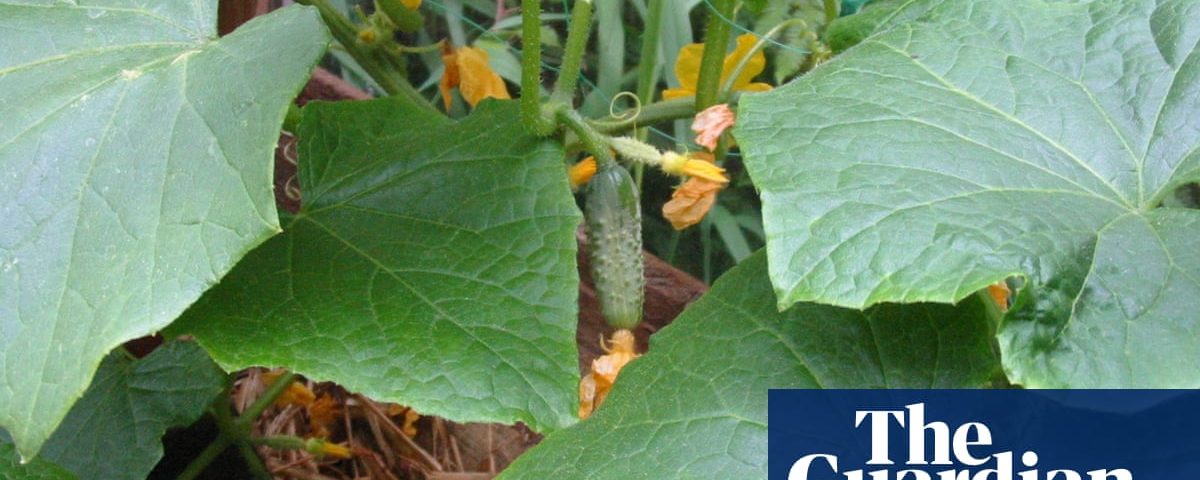I f you have never tasted a homegrown cucumber, make this the year you do. It will change your feelings about the ones supermarkets sell. Sow this month and you will be picking them from July into autumn. It’s a fallacy that you need a greenhouse: ridge cucumbers (so called because they are traditionally grown on ridges to improve drainage) can be very successful outdoors. These cucumbers don’t look much like your supermarket jobs; they tend to be shorter with rougher skin. This doesn’t need to be peeled, though – rub it and all the prickles will come off. There is such flavour in this skin; it’s packed with vitamins A, K, C and B, and potassium and fibre, too.
‘Crystal Lemon’: round, juicy and perfect for lunchboxes. Photograph: Getty Images
Outdoor cucumbers do need your best spot, though: lots of sun and shelter. They can tolerate only very light shade and need something to climb up. If you have indoor space, such as a polytunnel or unheated greenhouse, you have a greater choice of varieties. I also find that indoor cucumbers can take a little more shade than their outdoor siblings.
Cucumbers need to be sown from mid-April onwards, even into early May if you are planting outside, to ensure warm nights for the young plants. They need heat to germinate, around 20C or so, and don’t like being transplanted.
Mini variety ‘Passandra’. Photograph: Gap Photos Sow two seeds per 9cm pot, and remove the weaker seedling once they are up and have their first true leaves. Plant out when all threat of frost is over and they have at least three or four leaves. Cucumbers are full of water, but young plants will rot or sulk if overwatered. Instead, water little and often. Once the first flowers appear, particularly if you are growing them in large containers, start feeding. I give mine nettle and comfrey tea, and, after eight weeks in the pot, a handful of organic chicken manure pellets.
Signs of spring in the garden mean one thing: get sowing | Alys Fowler Read more Old-fashioned greenhouse varieties need the male flowers picked off because the cucumbers become bitter and misshapen if pollinated (these flowers have a tiny baby cucumber behind them). The F1 “all female” hybrids have done away with male flowers but need very warm conditions and thrive best if the night temperature doesn’t fall much below 20C. The mini cucumbers ‘Passandra’ or ‘Mini Munch’ are good examples.
Outdoor types are open pollinated by bees, so there is no need to worry about removing male flowers. If I had to grow just one variety, it would be ‘Parisian Pickling’ because it makes a great pickled gherkin – or let it grow bigger for salads. For an unusual-looking cucumber, try the heirloom ‘Crystal Lemon’ or paler ‘Crystal Apple’ ). It’s round, juicy, bright yellow, perfect for lunchboxes and as happy outside as indoors.

